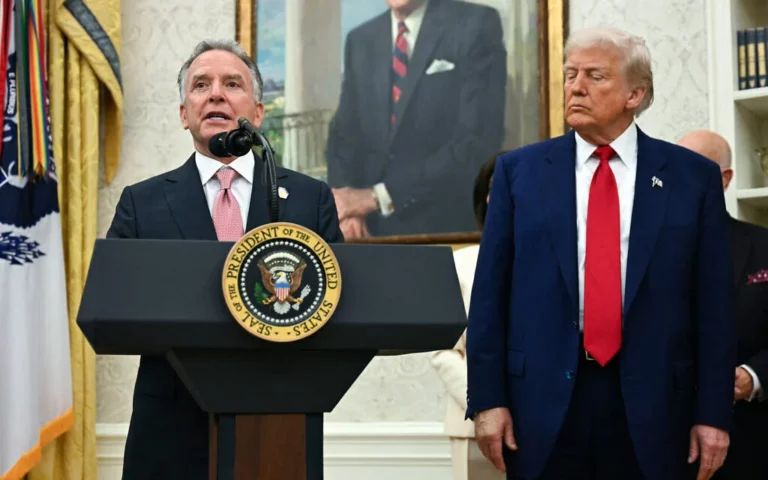 Goldman Sachs was proclaiming that oil was soon set soar to $135 a barrel and likely have US service stations jacking up fuel prices to $5 a gallon, just like the summer of 2008 that preceded the recession, the New York Post reported Sunday.
Goldman Sachs was proclaiming that oil was soon set soar to $135 a barrel and likely have US service stations jacking up fuel prices to $5 a gallon, just like the summer of 2008 that preceded the recession, the New York Post reported Sunday.
Indeed, analysts said Goldman and J.P. Morgan Chase have already placed their energy bets for the summer — J.P. Morgan predicted oil hitting $130 a barrel in the coming weeks.
Despite all the recent turmoil in the Middle East, oil has fallen to the $100 level, closing out May with a stunning 12 percent drop.
But before the storm was the calm — and there appeared to be a backlash by some oil pit analysts.
“Whoever would buy into these rising prices is just paying homage [to Wall Street firms] and helping the speculative positions,” said one oil trading source familiar with energy bets of Wall Street trading desks.
Gas prices, meanwhile, should benefit from the brief respite in oil prices.
“We should be seeing some big declines at the gas pumps after Memorial Day,” said energy analyst Peter Beutel of Cameron Hanover. “Wholesale prices have been dropping, and that could cause some serious revisions downward at the pumps.”
US pump prices recently dropped about 10 cents a gallon, while wholesale prices at the Nymex steadily skidded 50 cents a gallon in the past two weeks.
Those declines came despite upward pressure on US wholesale prices in the past two days due to speculation that Mississippi River flooding could disrupt Gulf Coast refineries.
At the start of the Memorial Day holiday, the national average for gas was $3.80 a gallon.
Economists said households spent an average of $369 on gas during April, or about $168 more than the $201 they spent during April 2009, when gas was averaging around $2.76 a gallon.
Every 50 cent jump in the cost of gasoline takes $70 billion out of the US economy over the course of a year, economists said.
Goldman and J.P. analysts saw a return to high oil and gas prices in the coming months, and without a significant decrease in American demand — or a sudden desire not to commute or drive — $5 a gallon was likely on the horizon.
(Source: MyFoxNY)











3 Responses
Actually the price of gasoline is quite stable if you measure it in some neutral context, such as compared to the price of gold, or Swiss Franc, or other commodities. The problem is the American government (including the Federal Reserve Board, which is quasi-governmental) are in effect printing money and flooding the market with dollars, and will need to continue to do so as long as the US is running a massive deficit, which may be a long time since their is overwhelming opposition to either raising taxes or cutting public expenses.
Has anybody verified that the price of gasoline in the US was “$5 a gallon, just like the summer of 2008 …”? I do not recall that prices in the US ever reached $5.00 per gallon on a general basis, in 2008 or at any other time. There may have been a few individual stations in markets like Manhattan, but I do not recall prices as high as $5.00 in the New York area.
Much of the gasoline price raise has to do with China and the increased GLOBAL demand for gasoline. However, as America is (for now) by far the largest consumer of gasoline, a reduction in U.S. consumption would significantly reduce global demand. Commodities themselves are not necessarily stable, as in times of instability, their value increases. Lastly, the price of gasoline is NOT stable compared to gold (although many correlating factors affect both).